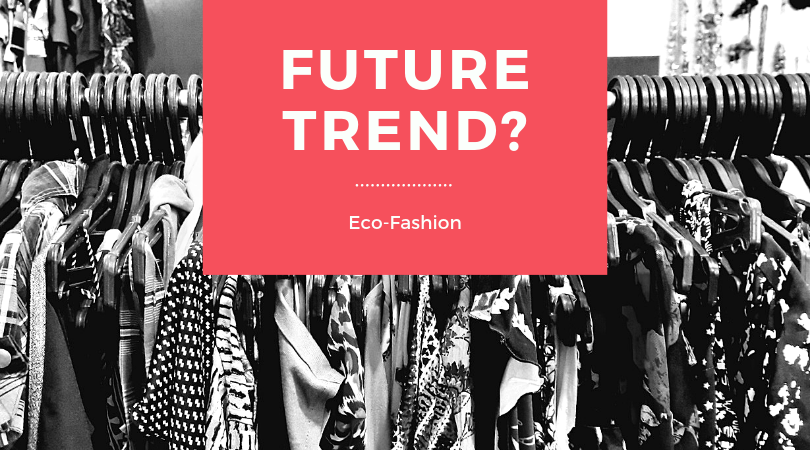The Future Trend? Granpa’s Trousers
Seasonality, volatility, fleetingness, unpredictability, impulsive purchasing… Fast fashion characterizes the speed of today’s clothing production and consumption: clothes are designed to be cheap, easy, rapid to produce, and created to be distributed, sold and consumed in ever-increasing quantities. Today’s fashion system becomes a real threat not only to our environment but also to human well-being. The conversion of raw textile fibre to finished fabric and final products draws on cheap labour, air pollution, depleting water resources and the use of harmful chemicals. It is estimated that approximately 1,800 gallons of water are required to make one pair of blue jeans!
Most of the studies about environmental burden of clothing focus on the energy consumption, chemicals or toxicity aspects, but pay little attention to the effects of redirecting used clothing from the waste stream. Even as it is estimated that the textile recycling industry recycles approximately 1,9 billion tons of post-consumer textile waste each year, this only accounts for approximately 15% of all textile waste, leaving 85% in the landfills so that textile waste occupies nearly 5% of all landfill space.
Is there any solution for such a huge amount of wastes? Well, they are not really a waste. The lifespan of a clothing is much longer than just one season and second-hands come with solution. They become fashion and there are many reasons why.
It saves money
Shopping second-hand means that whatever price you pay is only half of the original. Most often, clothes are donated because the person that bought it no longer likes it. Creating a new life-cycle of your clothes you win both ways – by making money on your own old clothes and saving money on the replacements!
Eco-friendly
The second-hand clothing industry’s environment benefits range from fewer carbon emissions to saving water and reducing waste. A new study from the Nordic Council of Ministers carried out in cooperation with the 13 largest Nordic exporters of used textiles shows that exporting used textiles results in an estimated annual net savings of 190,000 tons of CO2 and reduces water consumption by 70 million cubic meters (18 billion gallons) due to the offset production of new textiles and materials!
Supports recycling
There are many social benefits from making thriftshopping trendy. Buying second-hand clothes assists in keeping the recycling system in place as people who can otherwise not afford these garments are able to wear them. It can also spread to other fields of waste we produce and raise awareness about environmental-friendly lifestyle reaching much further than our wardrobes.
There is still a lot to do, but the single most important action we can all do, is to prolong the life cycle, which starts by never putting clothes in the bin.
#reuse #resell #exchange #ecofashion
Dagmara Lèsniak is a volunteer on a short term EVS project the “Deep Roots” in Kazanlak, Bulgaria. Learn more about her in the article: “Meet the Ecofest 2019 Organizational Team”.

